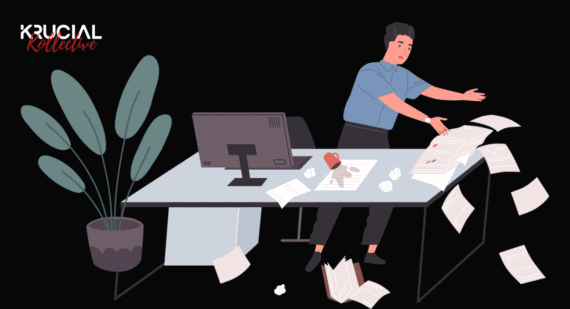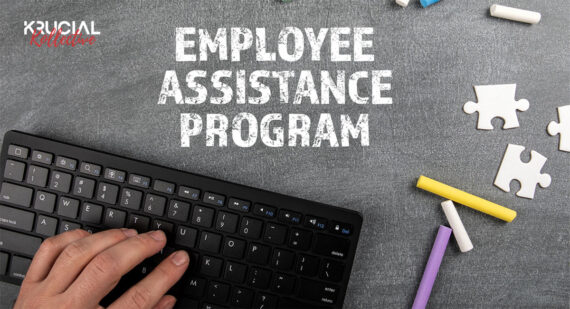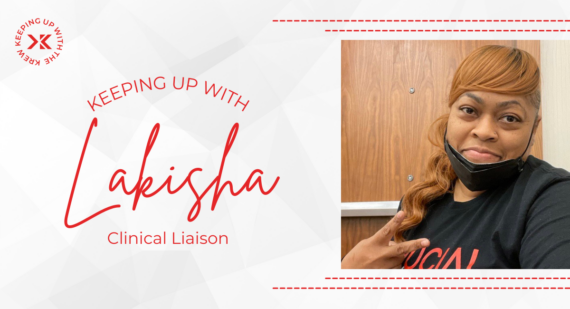
Ways to Help Combat Seasonal Affective Disorder
By: Morgan Clark
Winter is officially here. The days are shorter, nights are darker, and the weather is much, much colder for many in the US. For some, this season is a time to gather around a fireplace and drink hot cocoa; cultivate fellowship with their loved ones, and celebrate the holidays. However, others may not get to experience this same warm, fuzzy feeling as others. There are numerous people who are currently dealing with Seasonal Affective Disorder, also known as SAD. According to Mayo Clinic, there are 3 million people (about the population of Arkansas) who suffer from SAD in the United States.
Seasonal Affective Disorder is a type of depression that occurs seasonally, triggered during the winter months. Though sometimes confused with the winter blues, SAD is a more severe type of depression. It can affect one’s moods so much that it can have a negative influence on their livelihood, work, and relationships. According to psychiatry.org, SAD can even last to up 40% of the year with the most challenging months being January and February. The ones impacted the most are young adults, occurring more in women than men—also appearing in more people who live above the equator. To be correctly diagnosed with SAD, we suggest you talk to a mental health professional for an official diagnosis.
SYMPTOMS
Symptoms of Seasonal Affective Disorder vary from those who only cope with SAD to those experiencing depression year-round. Some of those symptoms include:
- Loss of energy – Feeling sluggish and tired for the entire day.
- Gain of appetite – Eating more than usual, especially carbohydrates.
- Problems sleeping – Whether it is sleeping too much or not getting enough sleep.
- Lack of motivation – Not wanting to be involved in things you usually enjoy.
- Difficulty concentrating – Cannot complete projects for work.
- Social withdrawal – Having no desire to be around those who you typically want to be with.
- Feeling worthless/hopeless – loss of confidence.
These are the most common symptoms of SAD, but there are also severe symptoms such as the ideation of death. If you feel that way, please call a mental health professional or the National Suicide Prevention Hotline.
IS S.A.D PREVENTABLE?
Seasonal Affective Disorder cannot be prevented but treated. Researchers are still uncertain what causes SAD. Some believe it is the overproduction of melatonin that makes those sleepy and sluggish (Clevland Clinic). Others believe that the lack of sunlight causes the body to be imbalanced. It is also believed the lack of sunlight can decrease the levels of serotonin which can lead to S.A.D. (National Institute of Mental Health). Fortunately, there are countless resources to help combat seasonal affective disorder. From clinical help to a more holistic approach, seasonal affective disorder can be addressed. Maintaining a routine, staying active, and eating healthy will help you with SAD. Again, we highly suggest you talk to your providers for more information on how to battle SAD.
COMBATING S.A.D
Although SAD. is not preventable, it is maintainable. Here are the most common ways to combat SAD.
- Light therapy – You can purchase UV lamps that mimic the sun. This can help your body to believe it has enough sunlight to function.
- Eat healthier – Food can affect your mood, but it can also be a way to combat SAD since foods such as root veggies, salmon, walnuts, and leafy greens provide multiple vitamins and serotonin to boost your mood.
- Working out for 30 minutes will produce serotonins to give you more energy.
- Get Sunlight – Let the sunlight in your house or step outside for a little can provide your body with vitamin D.
- Talk to a medical professional – If you are dealing with the more severe symptoms of SAD, please reach out to speak to a mental health professional.
Interested in contributing to the Krucial Kollective? Send us an e-mail at marketing@krucialrr.org and let us know what you would like to write!
"According to Mayo Clinic, there are 3 million people (about the population of Arkansas) who suffer from SAD in the United States."




